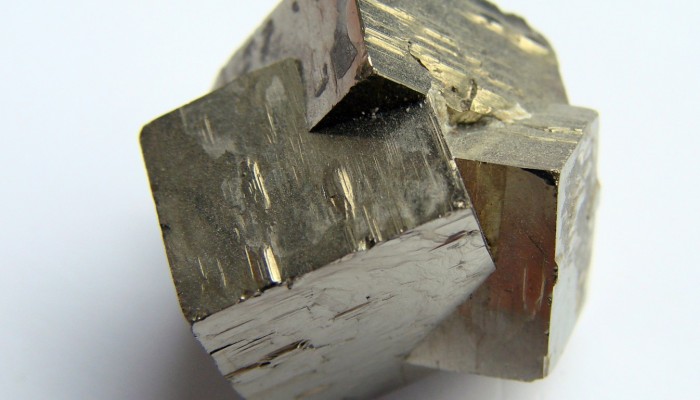KT Cooper is a PhD student in the School of Earth Sciences at the University of Bristol. A carbonate geochemist by training, she has just returned from a three-month secondment to Houston, Texas, USA working with Exxon Mobil.
The world of microbiology is weird, wonderful and also quite multi-colourful. Purple bacteria, a particular hue of microbe which holds a special place in my heart, have just taken the spotlight when it comes to the search for life on other planets. These bacteria were known to dominate life on the early Earth, around 3 Ga ago, and can survive on land and in water.

Water sample full of purple bacteria taken from a blue hole on North Andros as part of my PhD research, courtesy of Didi Ooi
They produce their energy through photosynthesis, like plants, and it has been suggested they could be used to harvest solar energy (highly efficient solar panels could utilise the bacteria’s natural ability to adapt to varying light intensities). They also have a highly reflective nature and it is this that has been proposed to be used in the hunt for life on other planets.
An extensive research effort exists to investigate how Earth might look like from distant observers so that we maybe able to identify other planets out there that could harbour life. Many different remote sensing and imaging techniques are being used but the research is not only focused on the Earth as it is now, but also as how it may have looked in a more primitive state. Computer models have been used to investigate if the Earth were covered in purple bacteria how this may be imaged from space. This research hopes to help identify life, albeit less little green men and more really little purple bacteria, on other planets.





